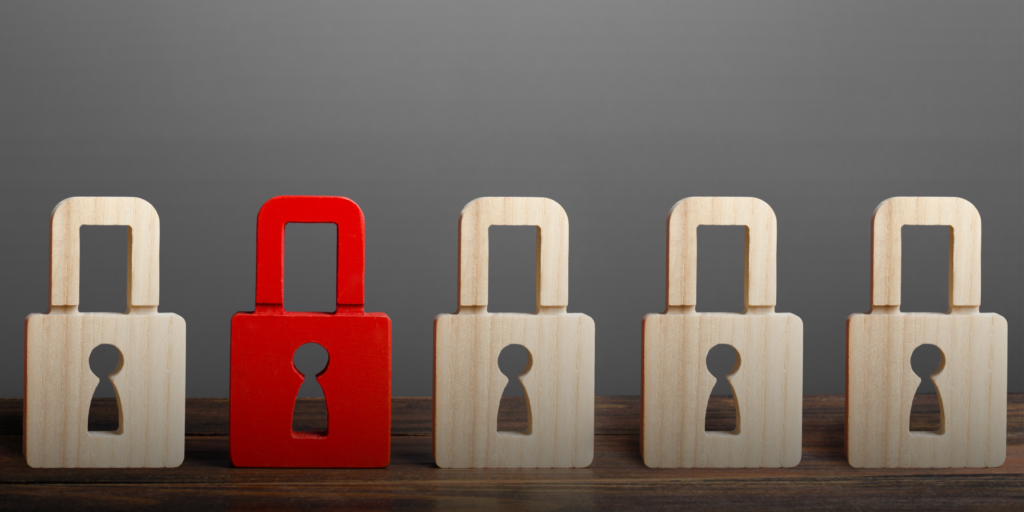The internet is filled with various HTTP error codes, and one that you might have encountered is the “401 Unauthorized” error. In this article, we’ll unravel the mystery behind the 401 error, explaining what it is, why and when it can occur, and what steps you can take when faced with this issue.
What is the 401 HTTP Error?
The 401 Unauthorized error is an HTTP status code that signals a lack of authentication or proper authorization for accessing a particular web resource. In simple terms, it means that the server you’re trying to connect to requires you to provide valid credentials (such as a username and password) before granting access, but you haven’t provided the necessary authentication information or the provided information is incorrect.
Why and When You Might Encounter a 401 Error
- Missing or Incorrect Credentials: The most common cause of a 401 error is when you attempt to access a password-protected or restricted web page without providing the correct login credentials.
- Expired Credentials: If your login credentials have expired or changed since your last visit, you may receive a 401 error.
- Unauthorized Access: Some websites implement strict access controls. If you’re trying to access a resource you don’t have permission for, you’ll encounter a 401 error.
- Session Timeout: If you’re logged into a website but remain inactive for an extended period, your session may expire, leading to a 401 error when you attempt to access a protected resource.
What to Do When You Encounter a 401 Error
- Double-Check Your Credentials: Ensure that you’ve entered the correct username and password. Pay attention to capitalization, spelling, and special characters.
- Verify Permissions: If you believe you should have access to the resource but are still encountering the error, contact the website’s administrator or support team to check if your account has the necessary permissions.
- Check for Session Timeout: If you were previously logged in, try logging out and then logging back in. This can reset your session and resolve the error.
- Clear Cookies: Sometimes, corrupted or outdated cookies can lead to authentication issues. Clear your browser’s cookies and try logging in again.
- Contact Support: If the error persists and you’re sure your credentials are correct, get in touch with the website’s support team for assistance. They can help you troubleshoot the issue and ensure you have the necessary access rights.
In conclusion, the 401 Unauthorized error is a clear indication that you need proper authentication to access a particular resource. By verifying your credentials, checking for session timeouts, and contacting support when necessary, you can usually overcome this obstacle and gain access to the content or services you’re seeking. Understanding these errors can help you navigate the web securely and efficiently.





